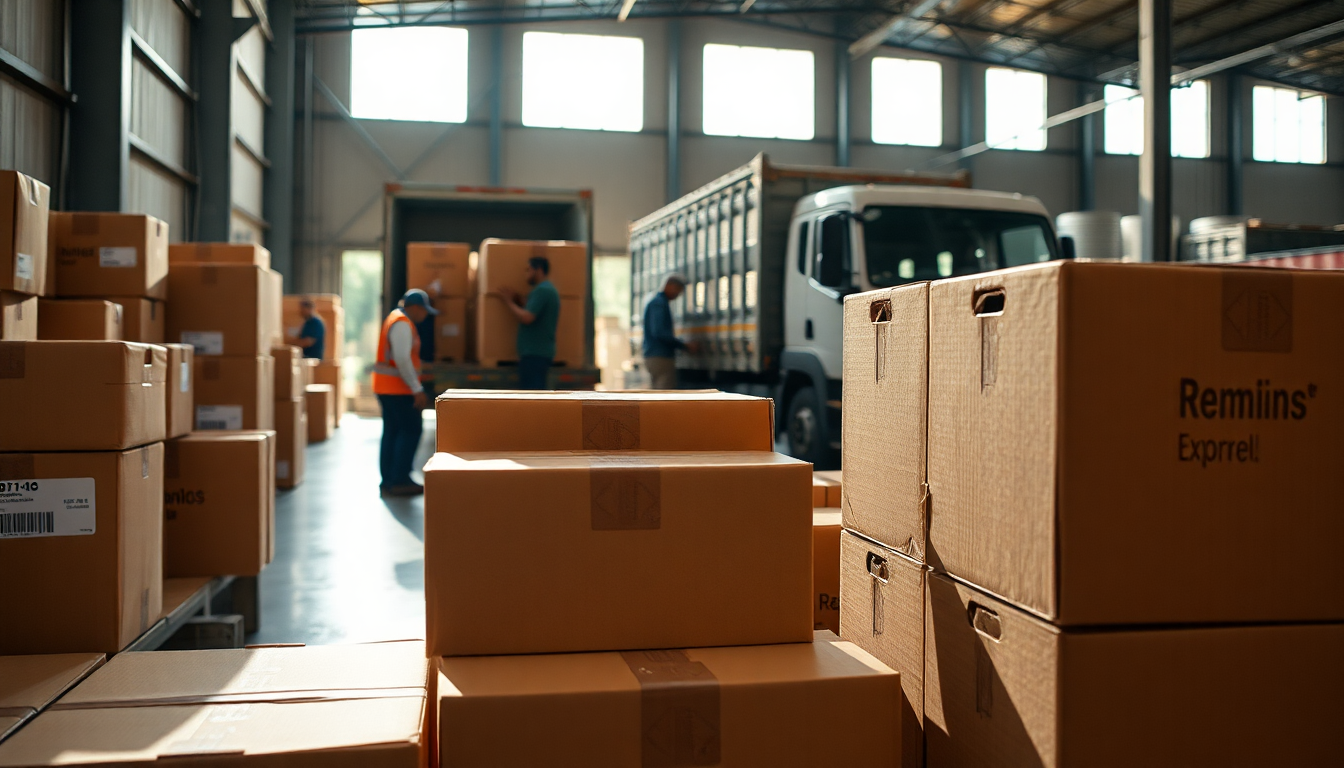Table of Contents
The recent changes to tariff rates by the U.S. government on goods from the Philippines have raised eyebrows and sparked a lot of discussions among local critics. Just think about it: the Philippines was hit with a **20 percent tariff** on its exports.
Many argue that this move not only undermines fair trade but also puts the nation’s industries at a serious disadvantage in the global market. So, what does this really mean for the Philippines? This article takes a closer look at the impact of these tariff changes, especially following the recent talks between President Marcos of the Philippines and President Trump during a high-profile visit to Washington.
Background of the Tariff Changes
President Ferdinand Marcos Jr.’s trip to the United States was a game-changer for Philippine trade relations. He had the honor of being the first Southeast Asian leader welcomed by President Trump since his return to the White House.
During their discussions, trade and security were front and center. The context? A contentious tariff policy initiated by Trump, starting with a **17 percent duty** on Philippine exports in April, which recently escalated to **20 percent**. This increasing pressure is causing a lot of unease among Philippine industries worried about their global competitiveness.
After their joint press conference, a **new tariff rate of 19 percent** on Philippine exports was announced, paired with zero tariffs on U.S. exports. At first glance, this might seem like a step in the right direction, but the details of the agreement leave many wondering about the real benefits for the Philippines.
Marcos defended the deal, claiming it’s more favorable than it appears, but the implications for local industries are still uncertain.
The Impact on Philippine Industries
The revised tariff rates present serious challenges for various sectors within the Philippine economy. Industries that rely heavily on exporting goods to the U.S.
market might soon find themselves in a tight spot due to these new financial pressures. How do you think they’ll cope with the increased tariffs compared to countries that aren’t facing similar hurdles?
Moreover, this tariff situation only amplifies existing vulnerabilities in the Philippine economy, particularly in agriculture and manufacturing—sectors that have historically struggled against external market pressures. The added cost of exporting goods can squeeze profit margins, potentially stifling growth and innovation in these vital areas.
And there’s more to it. The uncertainty surrounding trade policies can make foreign investors think twice before putting their money into markets that seem unstable. This hesitation could lead to stagnation in industries that depend on foreign capital, which is crucial for economic development.
Looking Ahead: Navigating the Future of Trade
Given these challenges, the Philippines needs to navigate its trade relations with care to protect its economic interests. So, what can policymakers do? Implementing supportive measures for local industries, like subsidies or tax incentives, could help ease the burden of the new tariff regime. Additionally, diversifying export markets might act as a safety net against sudden tariff changes by a single trading partner.
Moreover, improving trade negotiations and seeking agreements that foster fair trade practices can make a significant difference for Philippine exporters. By creating a more resilient economic environment, the Philippines can better handle the ups and downs of trade policies and secure sustainable growth for its industries.
Ultimately, how these recent tariff adjustments play out will significantly influence the future of Philippine trade. It’s essential for everyone involved to stay alert and adaptable in the face of these evolving trade dynamics. What do you think the future holds for Philippine exports amidst all these changes?





